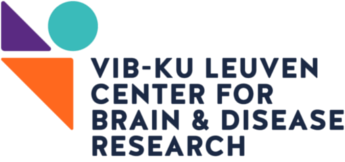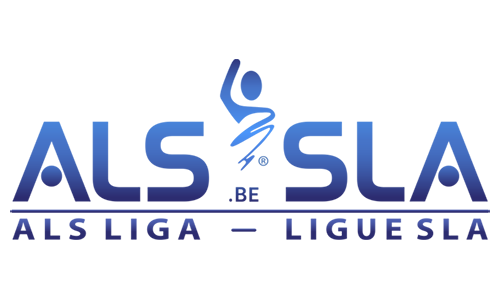Biobanking to support ALS research
Biobanking to support ALS research
UZ Leuven – Dienst Neurologie
Laboratorium voor Neurobiologie, VIB – KU Leuven Center for Brain & Disease
Herestraat 49 bus 602, 3000 Leuven
Prof. Dr. Philip Van Damme
The development of new treatments for ALS is hampered by a lack of knowledge about the onset and development of this disease in humans. To better understand the degenerative process in motor neuron cells, different types of disease models are being used. Small animal models (such as the fruit fly or the zebrafish) can quickly provide new insights. Larger animals (especially transgenic mice) are called upon to validate certain new disease mechanisms. Recently human motor neurons are being used, which can be produced from stem cells. New insights generated on the basis of those disease models must ultimately be validated in the patients themselves. The collection of patient samples for scientific research is called “biobanking”. Various types of samples from ALS patients are collected. The most important research samples collected are:
● Blood: from this source the genetic material (DNA), the serum and the RNA (the messenger molecules that contain the code to produce proteins) are to be isolated.
● Lumbar moisture: a lumbar puncture provides a sample of cerebrospinal fluid (or lumbar fluid), the fluid surrounding the brain and spinal cord.
● Skin biopsy: under local anesthesia a small part of the skin is collected, from which subcutaneous connective tissue cells are grown and transformed into a type of stem cell or induced pluripotent stem cell (iPSC).
● Brain and spinal cord autopsy: after death, the brain and spinal cord of ALS patients can be used for research purposes.
Research samples are of great value for different types of research. The DNA samples are indispensable in the search for genetic causes of the disease and genetic factors that determine the course of the disease. The skin biopsies are transformed into iPSC’s, which in turn are a source of human motor neurons. Blood and lumbar moisture samples are used to develop new tests that allow to confirm the diagnosis of ALS and to map the progression of the disease. The brain and spinal cord samples of ALS patients are indispensable to determine which proteins clot in the development process of the disease. In short, biobanking is indispensable to support result-oriented research. Unfortunately, it is very difficult to obtain research grants for this purpose.
Work plan and cost estimate:
The neurobiobank at UZ Leuven has already been launched. All approvals and procedures are already in place. For the collection of samples, an intensive collaboration with the Medicine Lab at UZ Leuven (Prof. Koen Poesen) has been established. For the brain and spinal cord autopsies, a cooperation with the Pathological Analysis Department at UZ Leuven (Prof. Dietmar Thal) is ongoing. In order to coordinate the collection of the different samples and to boost the research into these samples, a researcher is required who specifically focuses on this activity.
For this purpose a scientific staff member (50,000 € / year) should be hired.





